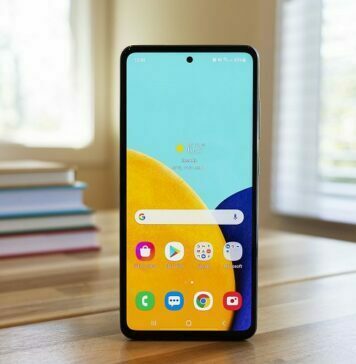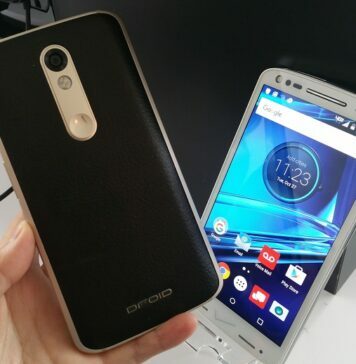Have you been running early out of your Windows 10 battery juice? Is managing and conserving your Windows 10 laptop battery a daily challenge?
Well certainly, all of us want our laptops to deliver an optimised performance with its battery. With most of our time spent on our laptops devices, we surely desire for longer hours of battery performance.
Here, we will be discussing how to improve your Windows 10 battery performance with some software tricks and internal management. This will not only help your battery deliver long hours operation, but also improve its overall shell life.
Table of Contents
Removing Peripheral Connections and Using Airplane Mode
Check the number of peripheral devices like USB-sticks, hard drives, printer machines, and any other things. Remove all those things that are not currently in use or the ones you don’t need anytime soon.
Remember, all these peripheral devices connected to your laptops continuously draw power from your laptop battery when ON. Hence, less the number of peripherals devices connected to your laptop, better will be your battery juice conservation and performance.
Also, with the more recently launched laptops running Windows 10, there can be a number of wireless modules with connectivity options like NFC, Bluetooth, Wi-Fi, GPS, and others. When you are not using any of these wireless communication means, make sure you turn them OFF or disable them, by using the Airplane mode. This way you can conserve a good amount of battery juice.
Must Read: Customising Taskbar In Windows 10
For this in the notification center, click the wireless network icon. Here you will see the Airplane mode option. Click on this to turn ON Airplane mode.
You can also do this by going to Settings > Network and Internet > Airplane mode. You can then also activate the specific wireless routes you need. For e.g. in case you want to access the Internet, go to the notification center, click on Airplane icon > Wi-Fi button.
Using The Power and Sleep Options
Just similar to most of the Windows platforms, Windows 10 too, has got the Power and Sleep option. This settings option helps you put your laptop to sleep when not in use or being left unattended for a long time. This way even if you forget to close your laptop lid while in hurry, your display and your processing will not completely suck the battery juice.
For this go to Settings > System > Power and Sleep. Keep the unplugged battery OFF time to 5 mins and plugged battery OFF time to 10 minutes as shown below.
Must Read: Windows 10 – How To Recover Your System After A Failed Update
After these defined times, your laptop will go to sleep thereby saving a considerable amount of battery life. At the bottom of these Power and Sleep option, you will get to see a Related Settings option with a link to Additional Power Settings. Click on this will take you to the Control Panel Power Options. Here you can select between several variable options of power saving like adjusting screen brightness, or get your peripheral device hard drives to sleep and much more.
Using The Battery Saver Option
Battery Saver option these days is available in most of the smart gadgets including smartphones and tablets. The Battery Saver feature limits any kind of push notifications or background activities once your battery drops below 20% (default).
In order to access this feature, go to Settings > System > Battery Saver.
Must Read: How To Create System Restore Point In Windows 10?
To check how much different system components are consuming your battery power, click on the Battery Use link. You can also see here how many individual apps are consuming battery.
To control the number of apps running in the background, click on Change Background app Settings. If you are not using them always, background apps can “receive info, send notifications, and stay up-to-date, even when you’re not using them”.
Must Read: Master Tutorial To Make Windows 10 Super Fast
So for apps that you don’t use them frequently, turn them to “Off” state. However, if you want to give access some particular apps to run even in Battery Saver mode, use the “Add an App” icon. Also, you can configure the Battery Saver using the “Battery Saver Settings” option. Here, you can change the battery limit you want your Battery Saver to trigger. The default value is 20%. You can change it to 30% or anything at your convenience.
This way, you can save much battery on your Windows 10, and give yourself an extra hour of use without worrying about charging at small intervals!




























